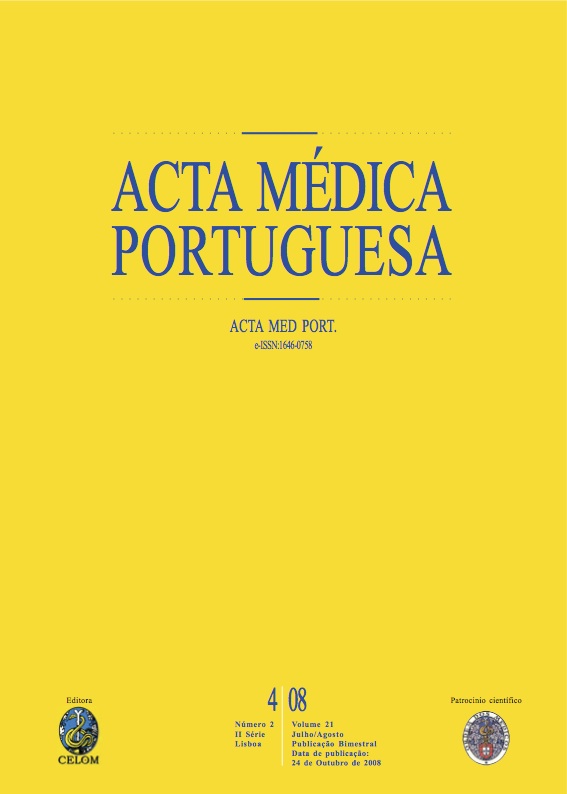Restless legs syndrome.
DOI:
https://doi.org/10.20344/amp.795Abstract
Restless legs syndrome (RLS) is a chronic sensorimotor disorder, with a negative impact in the quality of life and sleep architecture. Despite its reported high prevalence, remains under-recognized and under-treated. The diagnosis is based on the presence of four essential criteria, three supportive clinical features, and other three associated features. The primary or idiopathic RLS is the most common presentation form, but it is very important to exclude other RLS secondary forms and other differential diagnosis. The physiopathology of the idiopathic RLS remains unclear, however changes in the dopamine pathway have been proposed, and justifies the use of dopaminergic agents as first line treatment. Iron therapy, opioids, anti-epileptics (gabapentin) and benzodiazepines are others non-dopaminergic options of treatment in selected patients.Downloads
Downloads
How to Cite
Issue
Section
License
All the articles published in the AMP are open access and comply with the requirements of funding agencies or academic institutions. The AMP is governed by the terms of the Creative Commons ‘Attribution – Non-Commercial Use - (CC-BY-NC)’ license, regarding the use by third parties.
It is the author’s responsibility to obtain approval for the reproduction of figures, tables, etc. from other publications.
Upon acceptance of an article for publication, the authors will be asked to complete the ICMJE “Copyright Liability and Copyright Sharing Statement “(http://www.actamedicaportuguesa.com/info/AMP-NormasPublicacao.pdf) and the “Declaration of Potential Conflicts of Interest” (http:// www.icmje.org/conflicts-of-interest). An e-mail will be sent to the corresponding author to acknowledge receipt of the manuscript.
After publication, the authors are authorised to make their articles available in repositories of their institutions of origin, as long as they always mention where they were published and according to the Creative Commons license.









